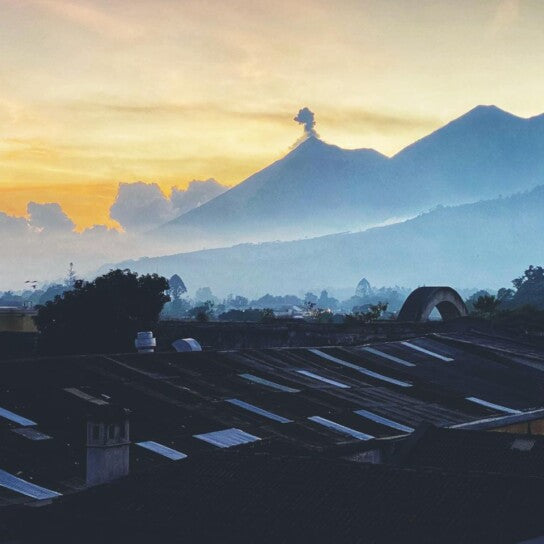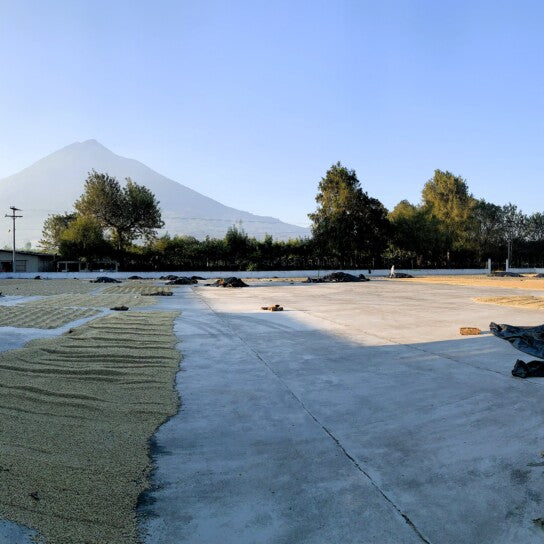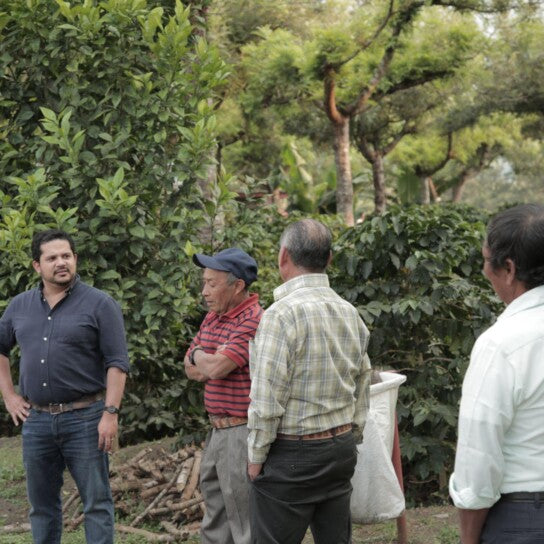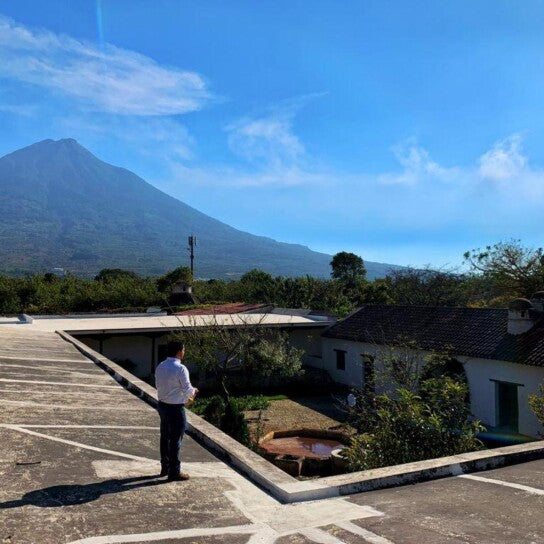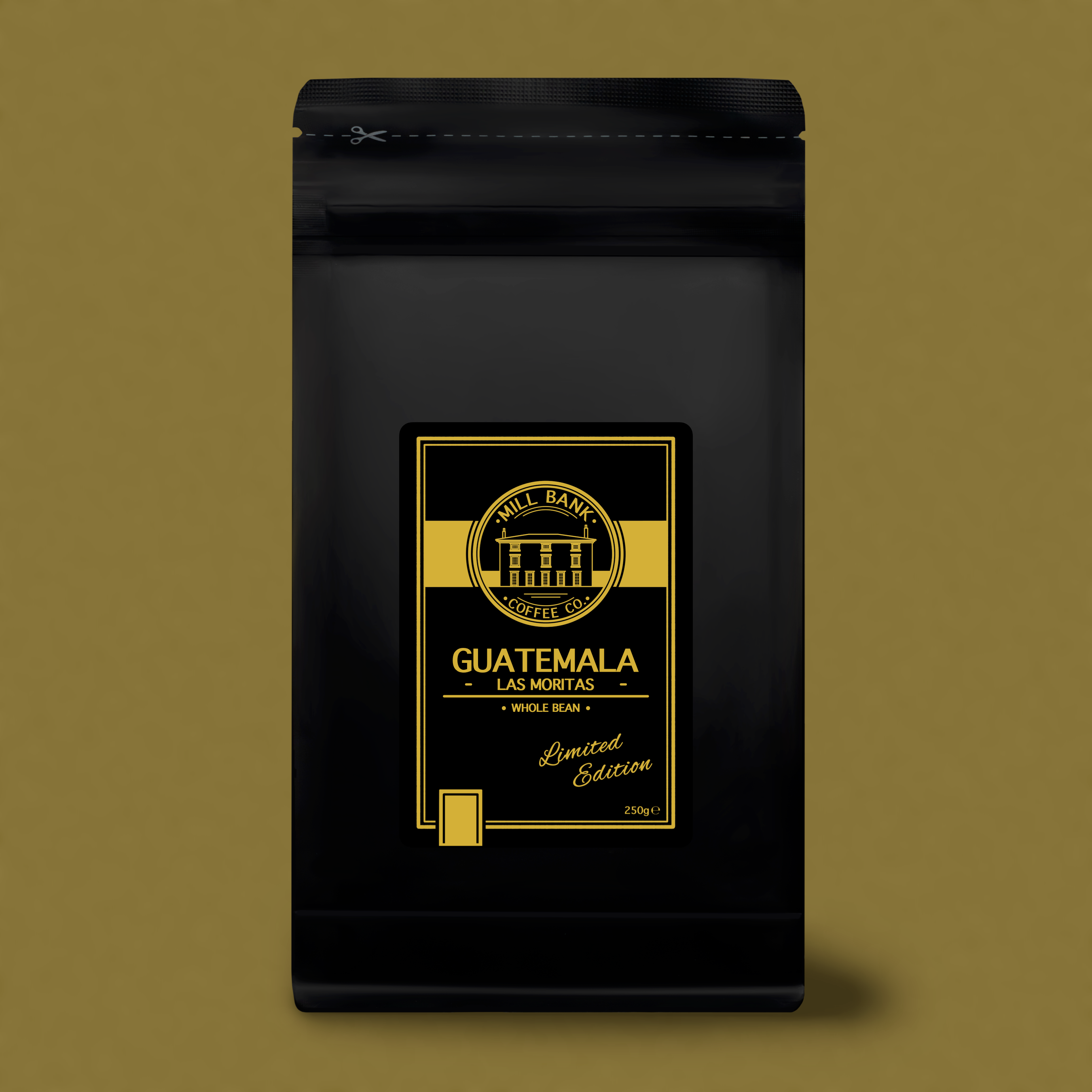
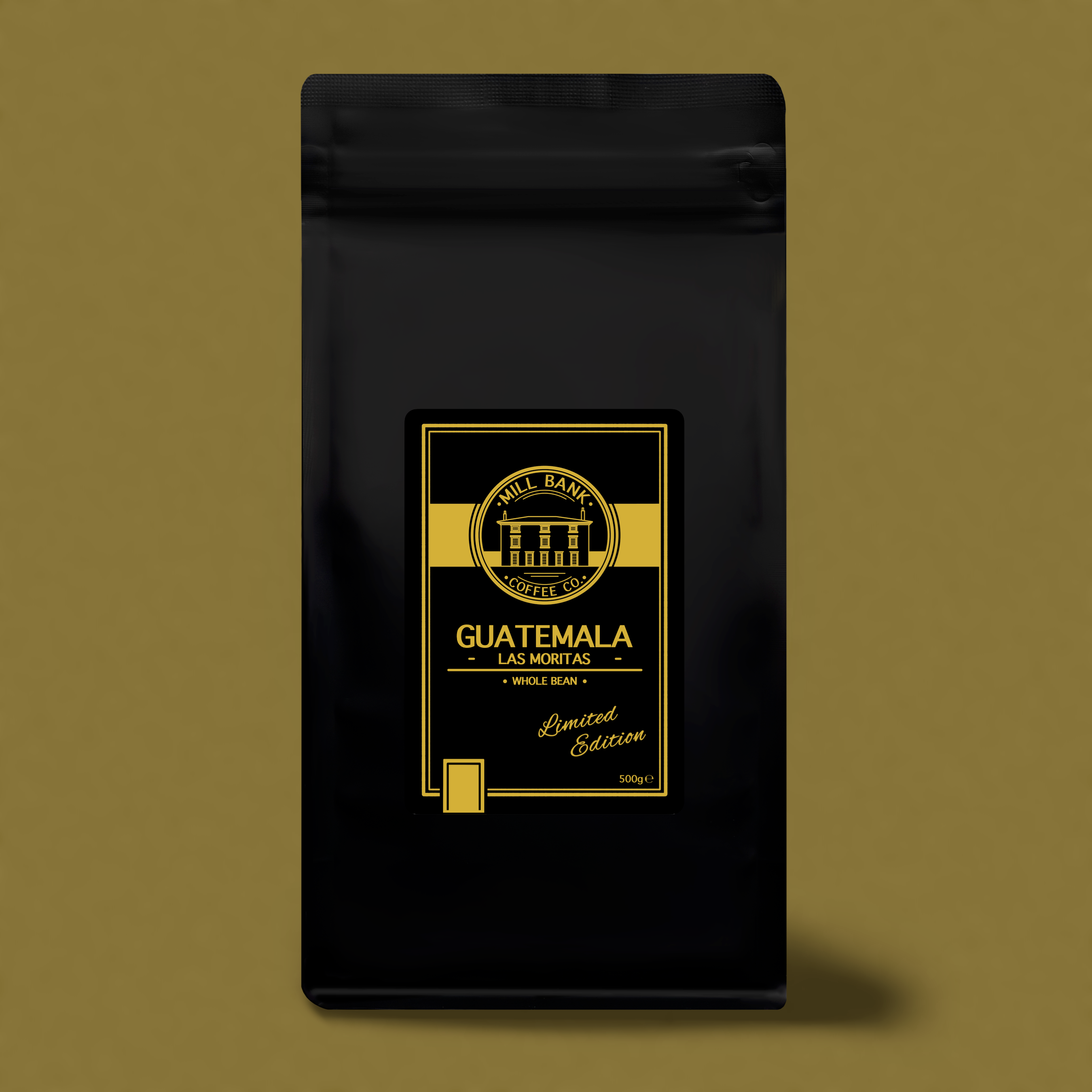
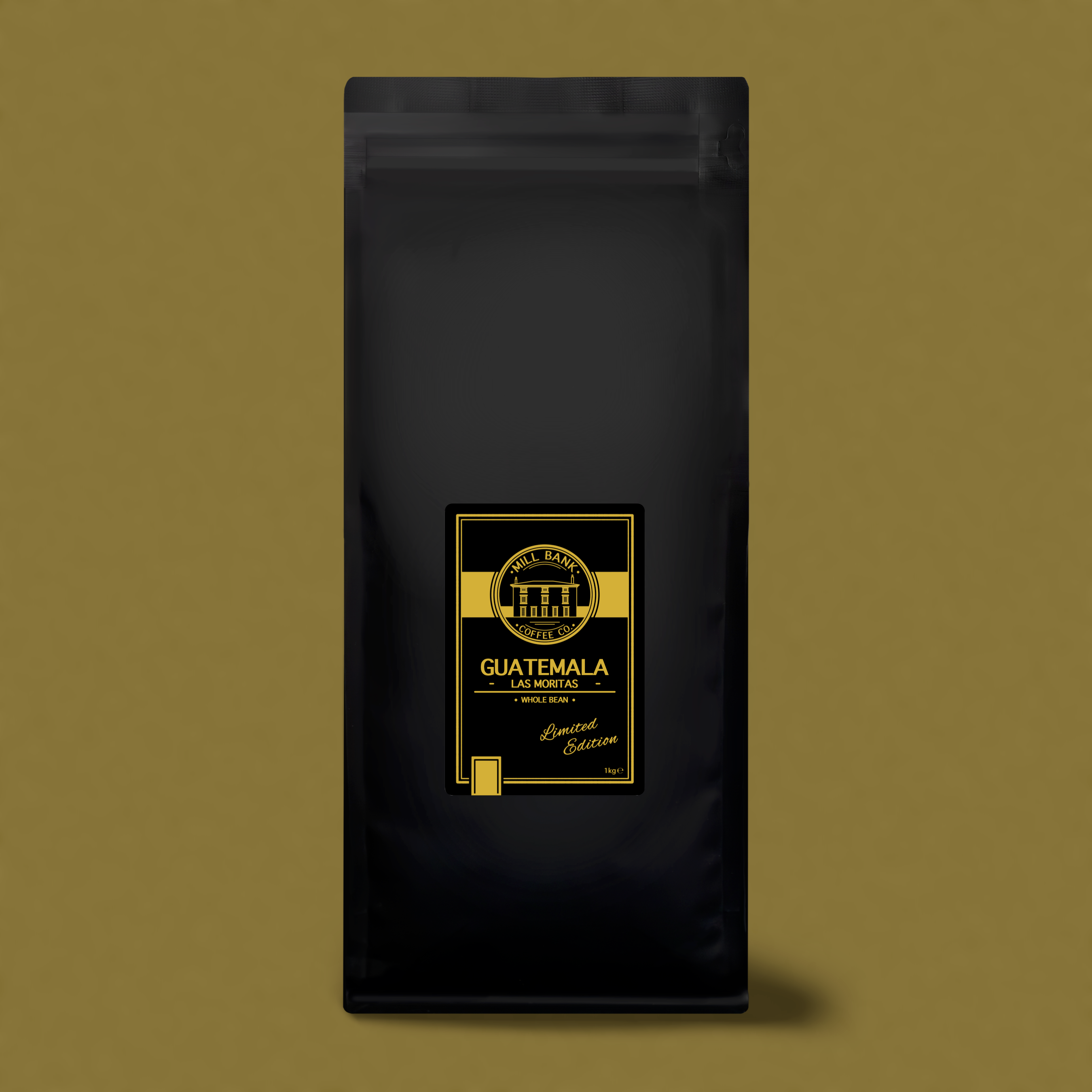

Guatemala Las Moritas
Couldn't load pickup availability
Pickup available at Mill Bank Coffee Co.
Usually ready in 24 hoursPairs well with
Roast: City (3/7) (Medium)
Score: 85.5
Tasting Notes: Chocolate, Grapefruit, Raspberry and Wine
Altitude: 1200-1800 MASL
Variety: Pacamara
Processing Method: Washed

Guatemala Las Moritas
If you have any questions, you are always welcome to contact us. We'll get back to you as soon as possible, within 24 hours on weekdays.
-
Shipping Information
We try to prepare and dispatch your order within 24 hours of receiving your order (Monday-Friday). On rare occasions this may take up to 2-3 working days.
All orders are shipped out through Royal Mail Tracked Services with Tracked 48 for Standard and Tracked 24 for Express.
Generally, when using Standard please allow 3-4 working days from placing your order to receiving it.
-
Got a question?
Get in touch with us through the Contact Us page or email us directly at info@millbankcoffee.co.uk.
Facts
SCA Score
Altitude (MASL)
Story
San José Las Moritas was established in 1988 when Don Higinio and his wife, Doña Aura, purchased their first small plot of land in the mountains of Guatemala. What was once farmland for tomatoes, beans, potatoes, and corn slowly transformed into one of the region’s most respected coffee-growing projects.
Starting with less than a hectare of bourbon trees gifted by Don Higinio’s father, the family expanded the farm year by year, acquiring new parcels such as Cerro de Oro, El Potrero, La Camioneta, and La Posa, each with its own distinct microclimate and soil. Today, Las Moritas encompasses a patchwork of old and new plantings, shaded by pine, inga, and avocado trees, and supported by a carefully designed gravity-fed irrigation system that nurtures the coffee through Guatemala’s dry season.
The result is a coffee that captures the diversity of its landscape, a medium roast with notes of chocolate, grapefruit, raspberry, and wine, offering a beautifully balanced and refined cup that reflects both tradition and thoughtful cultivation.

